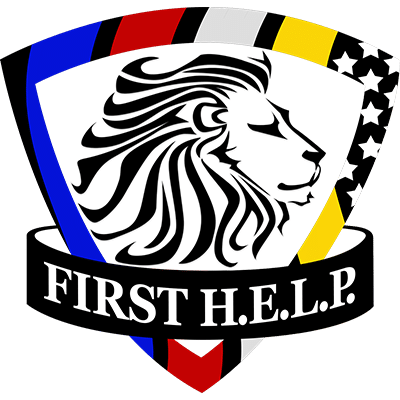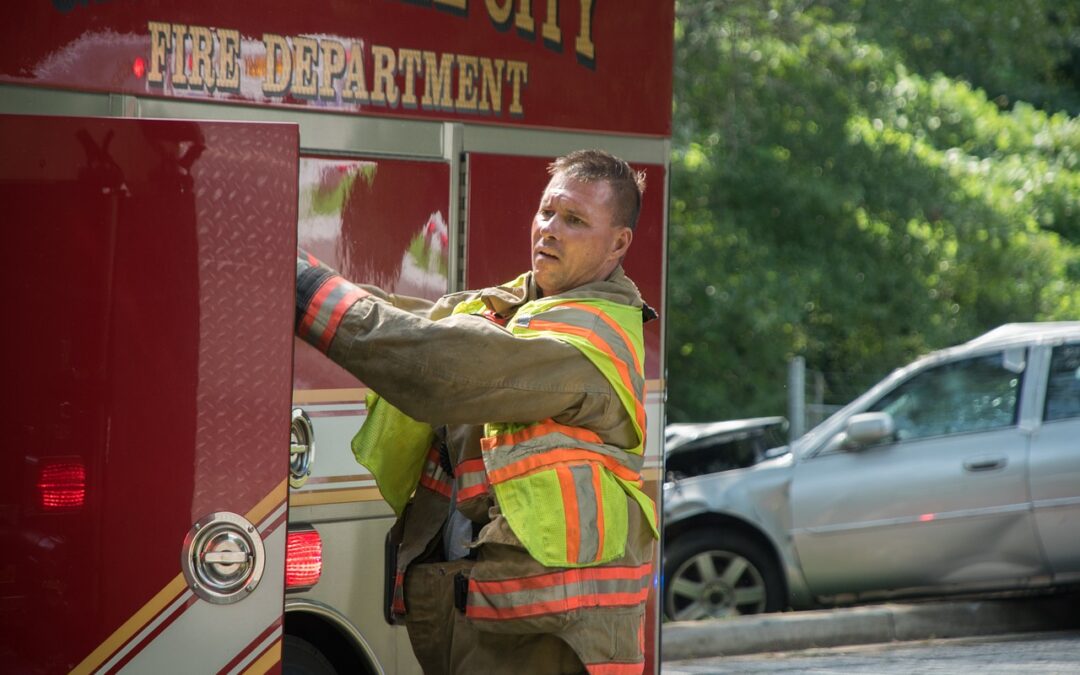Let’s talk about keeping your composure in 5 minutes or Less. Maintaining focus in composure in volatile, uncertain, complex and ambiguous (VUCA) situations is an essential skill for first responders. The thing is, when you’re about to respond to a call, you can’t necessarily take a knee and do a longer stress management practice.
While it’s important to have more thorough strategies to use between calls and at the end of your shift, it’s helpful to have strategies to use that are quick and potent that you can use as needed to maintain your focus and composure.
First, recognize when you need to regain composure or focus.
Before I share some quick, potent and portable tools with you, it’s helpful to know when to use these tools. A very practical option is to use these tools as you start your shifts, and use them before and after calls, giving you boosts throughout the day and helping you build skill quickly because you’re leveraging so many opportunities to practice. Another opportunity for using these tools is when you notice your stress levels rising, or your focus or composure slipping.
Some indicators that your stress level is rising and you might lose self-control or composure include:
- Feeling more irritable or impatient
- Fidgety in arms or legs
- Worry, rumination, or unhelpful increase in fear
- Making simple mistakes
- feeling helpless (thinking “there’s no point in trying”), hopeless (feeling things will never improve) or trapped (can’t get away from this crappy situation)
- Feeling apathetic, numb or lacking motivation
- Feeling disconnected from your thoughts or surroundings
- Having trouble trusting your training
What do I do now?
There are several strategies that help you regain your focus and composure and take the edge off the stress response. It’s most important for you to use the ones that work best for you when you need them to. This means you need to practice multiple strategies so you know which ones to lean on.
Control your physiology
The fastest way to impact your physiology, your heart rate, and the stress response is to control your breathing. Deep belly breathing stimulates the vagus nerve which regulates the stress response. There are a lot of effective breathing strategies out there, and the most common one used by first responders is Tactical Breathing (sometimes called box breathing or square breathing).
Sit or stand up tall, roll your shoulders back and take deep breaths that expand your belly. Inhale for four counts, hold for four counts, exhale for four counts and hold for four counts. Each cycle of inhale, hold, exhale, hold is one round of breathing, Do six rounds (about two minutes).
If you don’t like this one, check out these other breathing strategies like the physiologic sigh, three part breath, 2:1 breathing or rhythmic (cadence) breathing
Take your foot off the gas
Mindfulness is a focus on the present moment, this means we aren’t worrying about what’s happening next, we aren’t reflecting on what already happened, we are just focusing on what is, right now. And the present moment is fleeting, so our attention will be fleeting with it. Mindfulness allows us to experience what’s happening without getting wrapped up in it or more ramped up by it.
This is a valuable skill for first responders. The 3×3 grounding technique used by snipers helps get us out of our heads and grounded in the present moment. It can stop running or circling thoughts, help us refocus on the situation, and help control the physiological stress symptoms that ramp up when feeling overwhelmed or panicky.
The 3×3 grounding exercise involves naming 3 things we can see, 3 things we can hear, and 3 things we can feel (on our around our bodies). By naming these things, it locks our brains on our current surroundings and interrupts the thoughts that are spinning in our heads.
Move your Body
When the stress response kicks in, it mobilizes energy into your arms and legs to help you fight or flee. This energy either gets released or it gets stored in your muscles and joints as stiffness, pain and soreness. Trying to ignore this surge of energy or stay still is fighting your physiology, which will take a toll on your body. Using this energy by moving your body can help you stay in control. Jump, dance, wiggle, fidget, contract then relax your muscles, pace, walk, run. Do something to use the energy your body is giving you.
Boost positive emotions
Positive emotions are really powerful tools and they serve a greater purpose than just balancing out negative emotions. Positive emotions broaden our attention, creative thinking and problem solving. They reset our physiology back to baseline. They also build our physical, mental and emotional energy reserves (think about when you’ve been in a tense situation and someone cracked a joke; it lowered the tension in the room).
Boost positive emotions by thinking of something you’re grateful for, something that makes you laugh, or something you’re excited about and looking forward to. These act as booster shots to help you maintain focus and composure in stressful situations.
Your job is tough.
You need to maintain focus, energy and composure through call after call. You regularly experience stressful situations first and second hand. Your brain and body are tremendous assets that work hard to support you, so it’s important you work hard to support your brain and body as well. Try the strategies I’ve covered here, and keep the ones that work best for you. Practice them throughout the day and use them when you need them the most.
Kaitlyn Daniel, M.S., is a resilience and performance expert that helps teach first responders how to survive and thrive in their careers through tactical application of mental skills. Kaitlyn spent over six years as a Master Resilience Trainer and Performance Expert training Soldiers in United States Army. Since then, Kaitlyn started Learning to LEAD and provides custom workshops for first responders and other high stress professions–
Check out https://1sthelp.org/resilience/ for a R.A.N.G.E. of Resilience Options

